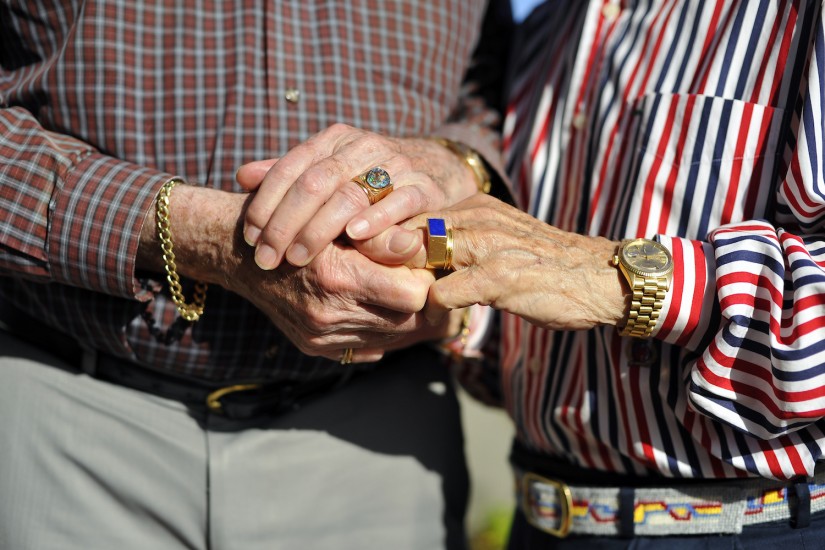My hunch was: partners would show up more in some places than others, a hunch premised on my prior experience. I had never noticed a “partner” before.
Where? Well, I took a potentially anachronistic gamble and guessed that partners would be more likely to turn up in queer communities.
To begin, I turned to what historian George Chauncey has written was considered New York City’s “most infamous gay neighborhood by outsiders”: Greenwich Village. (227)
Lillian Rita Davis took the census on the block that tracked West 11th Street to West 4th to Perry Street to Bleeker Street. In that little block, her enumeration district (ED) 879, Davis recorded 12 partners. Remember, we expected to find 3 at most. My hunch started looking pretty sound.
The very first door that Davis knocked on belonged to two women, both college graduates, originally from Michigan, in their late twenties. Emily Brand worked as a secretary in a theatre company, earning $429 over the course of the year for it. Money must not have determined who got to be labeled “head”, since Davis gave Brand that distinction, even though her “partner” Katrina Grant earned $1,330 as a social worker.
All we can say for sure about Brand and Grant—and the other 11 partnerships that Davis recorded—is that they shared a sink. It seems likely that at least some of these households did live together as lesbian or gay couples. But it could also be that we find so many partnerships in this gay neighborhood, because the presence of queer folk indicated or amplified social and cultural spaces in which people could live openly in odd (that is, unusual), but non-sexual arrangements. The census didn’t ask about sexual identity or sexual behavior, and so we cannot know from the census alone.
As for those other partnerships, five partners were women living with another woman, the pairs always within a few years in age. They included a pair of doctors, two travel agents (who may have been business partners, if nothing else), an editor and a secretary, and a secretary and a stenographer who both worked for the YMCA(!). Two of the partners were male-male, including a police detective who lived with a patrolman.
The others are more difficult to parse.
